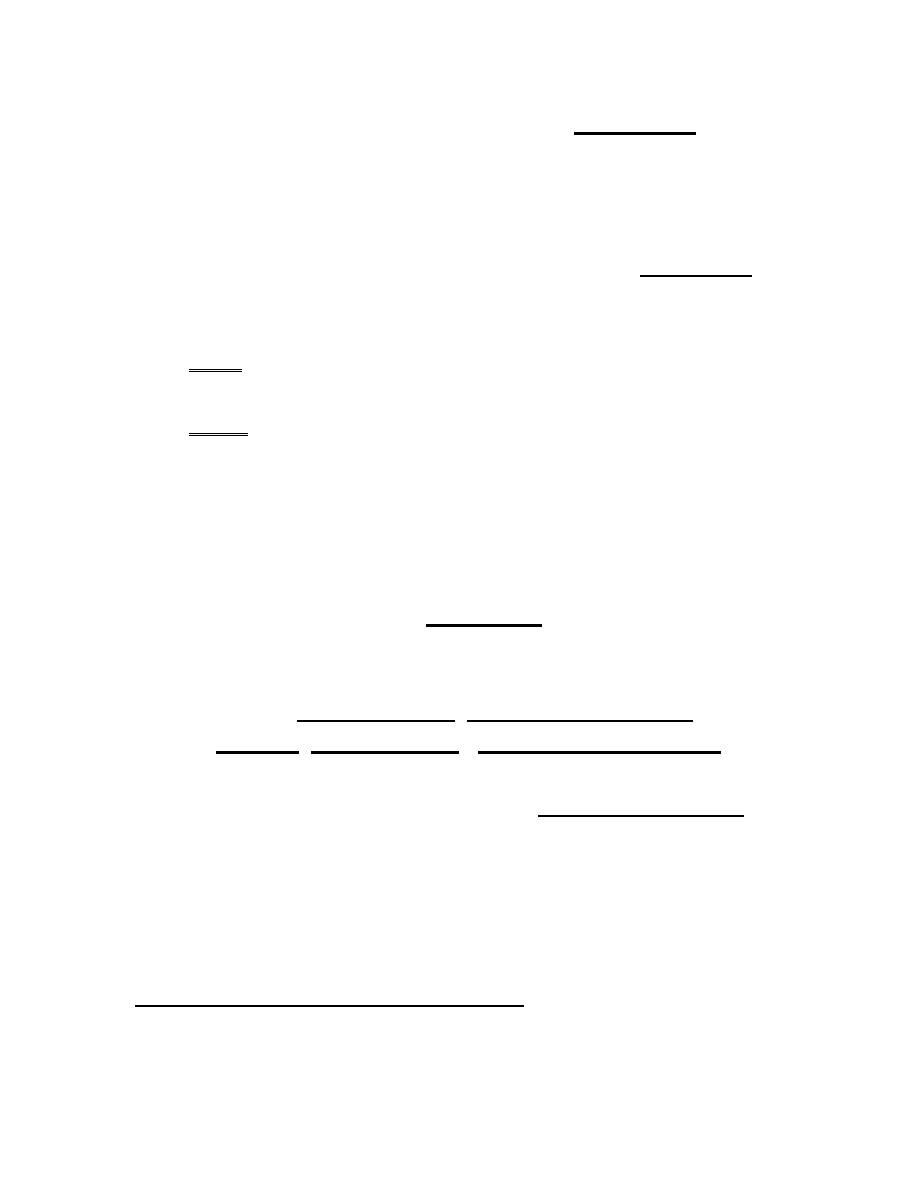
Embryonic period (3
rd
-8
th
weeks)
Embryonic period:
Is a period of organogenesis starts from 3
rd
to 8
th
weeks of
gestation.
It is a period of differentiation of 3 germ layers; ectoderm,,
mesoderm,, & endoderm into tissue organs, So it is also
called period of organogenesis.
i.e. by ending 2
nd
month (8
th
week) the main organs of the
body can be recognized.
Derivatives of ectoderm germ layer:
- Most important event, here, is neural tube formation from
neural plate.
- The process of neural tube formation is known as
neurulation.
- The lateral edge of neural plate become elevated forming
neural fold.
- The central part depressed forming neural groove.
- Neural folds approximate both toward midline & fused
together starting cranially caudally.
- Till complete fusion of neural plate (tube) it leaves anterior
(cranial) neuroporesis ant. & caudal (post.) neurporesis post.
connecting with amniotic cavity.
- At day 25 (18-20 somite stage) ant. Neuroporesis closed.
- At day 28 (25 somite stage) post. Neuroporesis closed.
- The closure of both poresis formed spinal cord whichbecome
narrow (caudally) & wide ant. Neural tube (brain) (cranially).

- By the time the neural tube is closed, two bilateral
ectodermal thickenings appears:
1- Oticplacodes: thin appears cephalically, invaginated later
on forming otic vesicles which forms later on the
structures of hearing & equilibrium.
2- Lens placodes: also appears cephalically, later on
invaginats& during 5
th
week, it form lenses of the eye.
- Generally , ectodermal germ layer give rise to organ &
structure that maintain contact with the outside world :
Central nervous system.
Peripheral nervous system.
Sensory epithelium of the ear, nose & eye.
Epidermis including hairs & nails.
Subcutaneous glands.
The mammary gland.
Enamel of teeth.
Pitutary gland.
Clinical application :
Imp neural tube defect:
- Anencephaly.
- Spina bifida.
Neural crest cells:
As the neural fold elevate & fuse, cells at the lateral border
begin to dissociate from their neighbor structures.

Thin cells population which now called neural crest will
undergo an epithelial to mesenchymal transition as it
leave
s
the neuroectoderm& enter the ender underlying
mesoderm.
Note:mesoderm means cells derived from
epiblast&extraembryonic tissue.
Note: mesenchyme means loosely organized embryonic
connective tissue regardless the origin.
Neural crest, after closure of the neural tube, leaves the
neuro-ectoderm, in the trunk, & migrate along one of two
pathways:
1- Dorsal pathway through the dermis, entering between
basal lamina forming melanocyte in the skin & hair
follicle.
2- Ventral pathway through ant. half of each somite to
become sensory ganglia, sympathetic & enteric
neurons, schwanns cells&cells of adrenal medulla.
Neural crest cells also migrate from cranial neural folds,
leaving neural tube before closure in this region.
These migrated cells will contribute in formation of cranio-
facial skeleton, neurons for cranial ganglia, glial cells &
melanocyte.
Derivative of mesodermal germ layer:
- Mesodermal germ layer is a loosely connecting intermediate
layer, present on both side of notochord.

- Mesodermal cells, near the midline, will be proliferate &
thickened, forming paraxial mesoderm.
- While the more lateral cells remain thin & known aslateral
plate.
- Lateral plate cells revealed intercellular cavity, so divided
into two layer:-
1- Somaticor parietal mesodermal layer(covering the
amnion).
2- Splanchnicorvisceral mesodermal layer( covering yolk
sac).
- Together, these layers line a newly formed cavity called
intra-embryonic cavity, which is continuous with extra-
embryonic cavity on each side.
- Now intermediate mesoderm will formed connecting paraxial
& lateral plate mesoderm.
Paraxial mesoderm:
at the beginning of the 3
rd
week, paraxial mesoderm begins to
be segmented forming what is called somitomere.
It is appear in cephalic region of embryo, then their formation
proceeds cephalo-caudally.
In the head the somitomeres, in association with
segmentation of the neural plate, form what is called
neuromeres& these responsible for mesenchyme formation
in the head.
From occipilal region, down caudally, somitomeres organize
into somite.
1
st
pair of somites appears in occipital region of embryo at
20
th
day of development.

Rate of formation is about 3 pairs/day& directed toward
caudal area.
This continues till 5
th
week of development, where 42-44
pairsof somites are presents.
There are:
4 occipital.
8 cervical.
12 thoracic.
5 lumbar.
5 sacral.
8-10 coccygeal pairs.
The 1
st
occipital & 5-7 coccygeal somites will disappears,
while the remaining form axial skeleton.
Since somites appears periodically, the age of embryo could
be determined accurately by their number.
